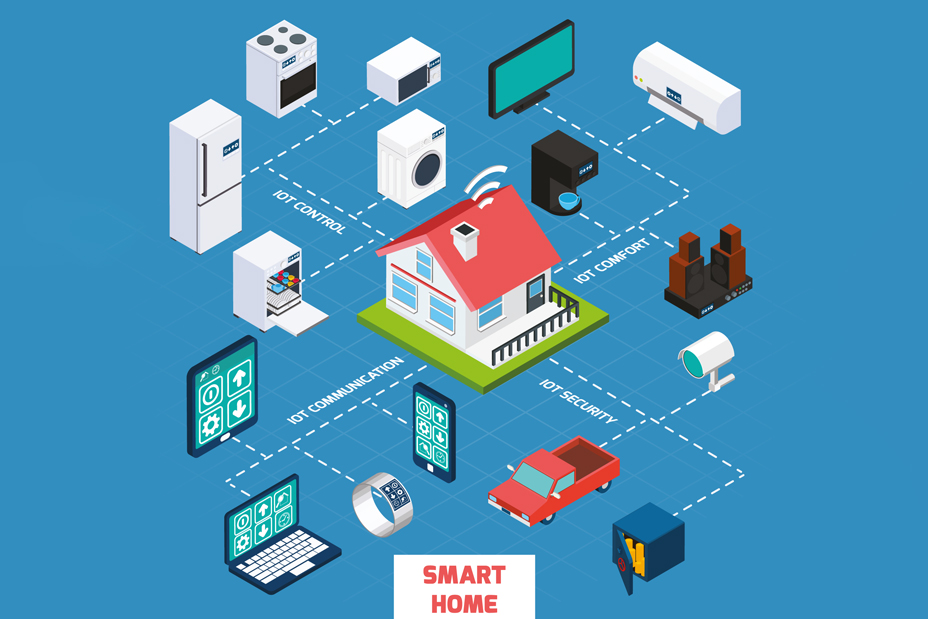
02 Dec A Guide Customer Energy Manager (CEM)
A building or home has its own energy consumption behaviour that is not only unique to the inhabitant habits, but also dependent on the devices or equipment within. For energy management systems, that aim to optimise the energy usage of a building or home, this variable pattern of usage is one of the many factors that it needs to consider for functioning properly.
This is where Customer Energy Manager, or simply CEM, comes in. CEM is the key component that lends flexibility to the whole energy management system. It consists of a logical function that compiles together the customer’s preferred configuration, the devices in the building or home, the grid, and any other additional settings. It then makes the decision of how to optimise energy generation or consumption based on these inputs.
To elaborate, the CEM gathers information about all the energy outlets on their energy needs for a certain period of time. The energy outlets could be household appliances such as refrigerators, lighting, heat pumps and water heaters or office equipment such as printing machines, HVAC, and security functions. However, apart from the energy consumers, it also consults the energy producers or sources such as photovoltaic systems, energy storage systems or electric vehicle charging stations.
By comparing and understanding the energy profiles of these energy outlets and sources, the CEM can then be optimised using the information on expected available energy and price offers for the stipulated time period. This is done by creating graphs of energy vs time that lines up slots next to each other. Each slot defines the amount of energy required during the period.
The CEM is then not only looking to distribute energy in a non-interruptive way but also optimising the expenses that the energy usage will incur. As the CEM not only has the information about the internal environment and preferences of the customers but also has signals from the grid that it is connected to which provides information about the varying energy pricing.
Considering the time of the day, energy generation, energy requirements, energy rates, and many other factors, the CEM utilises its logic function that will efficiently allocate the energy in a non-interruptive fashion with an aim to bring down the dependency on external sources as much as possible, thus lowering the energy expenses.
Moreover, since the CEM can also recognize the load on the smart power grid with its peak and low times, it will make sure that the entire network is also not overburdened. Thus, a CEM is also a key player in improving the overall efficiency and stability of the entire grid.
As the CEM collects information on all the energy outlets, sources, and generators within a building or home, it is best suited to play a key role in load management, as a central decision-maker or suggestion-provider for load adaptions. It can take up the task of evaluating tariff-based management and generation management.
The CEM sits at the intersection of the internal environment of infrastructure and its external environment by being connected to the energy grid. This allows it to play a pivotal role in Home Energy Management Systems (HEMS) and Building Energy Management Systems (BEMS) to provide the optimal energy performance.

